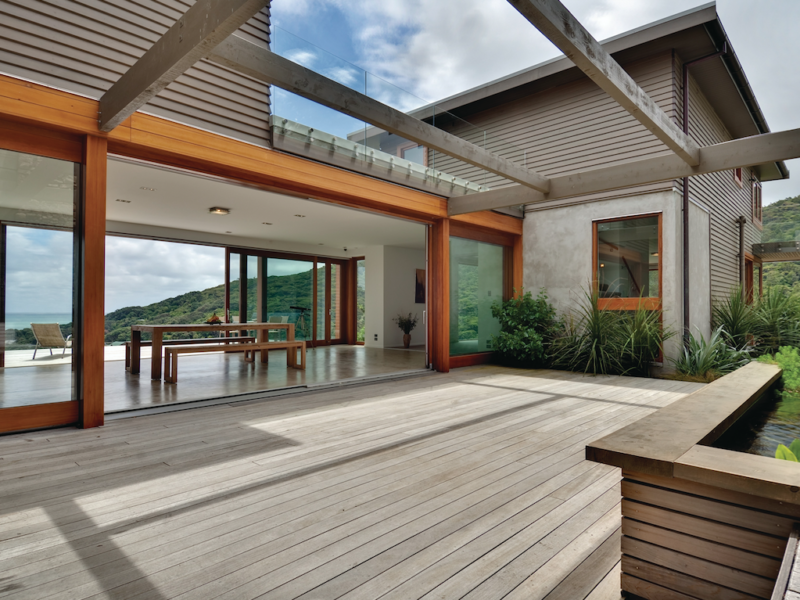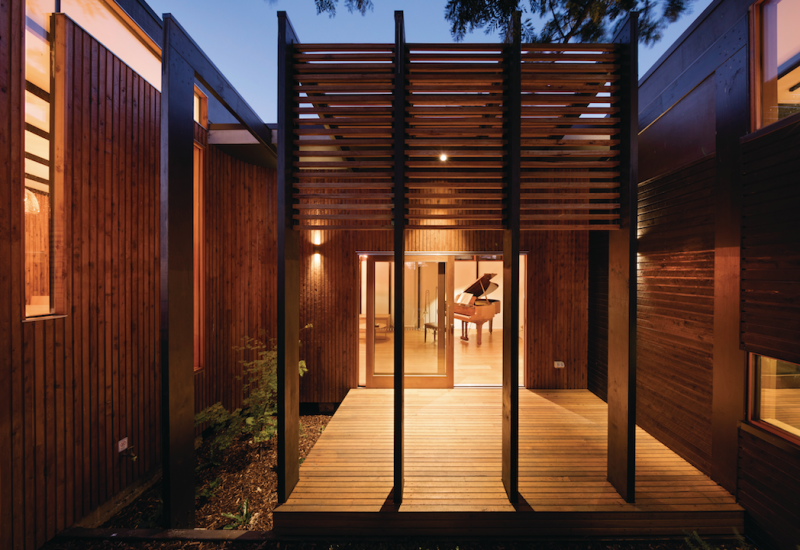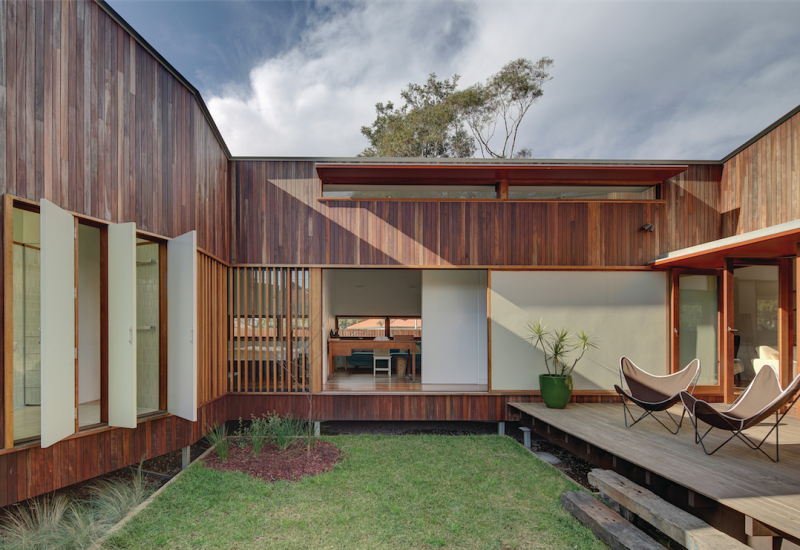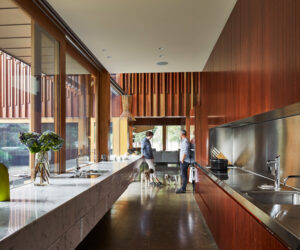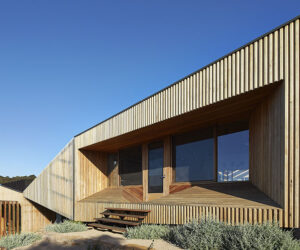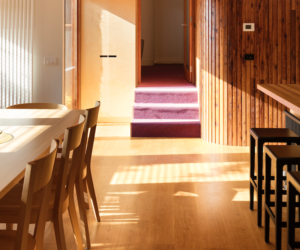Designing and building your timber deck – and staying relaxed!
Wooden decks have a place in the hearts of many Australians, with memories of long summers days and family BBQs to finding a sheltered spot and basking in winter sunshine. Decks are a place for family, friends and all sorts of social functions. However, we don’t all have one – and if your home needs this vital fixture, read on and you’ll find a path to acquiring your own timber deck.
A timber deck is a simple and versatile way to extend your living area and complement your garden, often creating a link between the two. A deck is a more than a functional space, it can be visually beautiful too.
At a day-to-day living level, a well-designed and constructed deck brings the inside out and the outside in, adding value to your home while providing extra living space.
The design options and styles of decks are many and varied. Before commencing the design and construction of your own deck, there are a few important things to consider.
Before you start, you may need to obtain building approval, so check with your local council, also ask about any other requirements they may have. It’s also advised to check for the locations of underground pipes and cables that could interfere with digging post holes for your project.
Timber decks can be raised, close to, or on the ground. If a deck is elevated more than one metre off the ground, handrails or balustrades are required. For guidance on choosing the appropriate handrails and further information, head to the free publication WoodSolutions Technical Design Guide 8: Stairs, Balustrades and Handrails (available here).
If you are in an area covered by BAL (Bushfire Attack Level) requirements, there are limitations on timber deck construction. Our Domestic Timber Deck Design guide (available here) also contains information about designing and building timber decks according to BAL rating.
Whether you are designing your deck yourself, or are having it done by a professional. It’s a good idea to make sure you consider all the material options.
While timber is the most popular choice, there are alternatives such as plastic, aluminium and modified timber products. If you are looking at any of these, it’s important to be aware that many of them are relatively new and have not been available for a long time, and therefore their long term performance and durability may be unknown.
When you are looking at wood, you’ll find there are many timber species to choose from; they vary in price, cost and maintenance requirements. Treated pine is perhaps the most economical, while Australian hardwood timbers like jarrah and spotted gum are especially popular because of their durability and resilience.
Imported hardwoods such as merbau are also popular, however we recommend that you check that it’s responsibly sourced. Most larger national retailers will only supply certified timber, that is timber that has been produced in accordance with the Australian Forestry Standard (AFS) or the Forest Stewardship Council (FSC).
Before choosing the timber for your deck, we advise that you check the availability of materials with local suppliers – the availability of species varies from area to area.
Design considerations include exposure to the weather, rain in particular and sunlight. Both these factors will influence the rate of weathering and the endurance of your chosen finish.
Finishes are another area to think about, there’s a wide range of options depending on your personal taste and the look you want to achieve. You’ll find more information about finishes in the free guide.
Building a deck can be more complex than it seems. If you want your deck to last, it is paramount that it is designed and constructed properly, with careful consideration of the details of frames, stumps, bearers, joists and nails.
If in doubt, you may want to enlist the help of an experienced professional to ensure the best outcome for your project and your home.
You’ve just read a quick introduction to quite a complex subject, but be assured, the result is worth it. Not only for the extra living space it provides, but for the value it adds to your home.
For a comprehensive guide to designing and construction a wooden deck, simply download the free WoodSolutions Domestic Timber Deck
